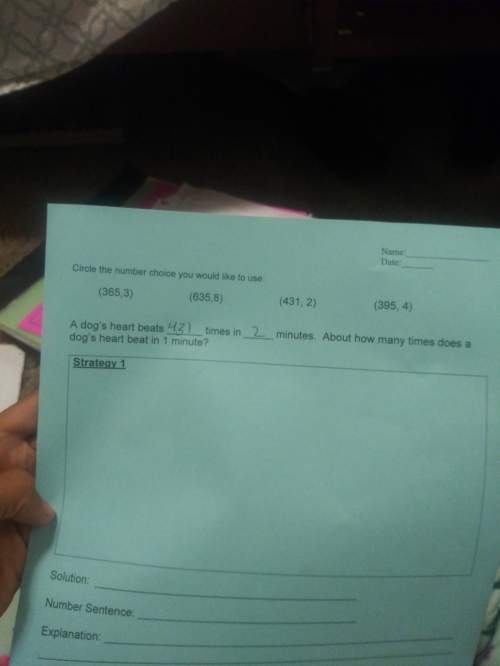
In reality, the boundary layer on the airfoil discussed in prob. 5.37 is neither fully laminar nor fully turbulent. the boundary layer starts out as laminar, and then transitions to turbulent at some point downstream of the leading edge (see the discussion in sec. 4.19). assume that the critical reynolds number for transition is 650,000. calculate the skin friction drag coeffi cient on the naca 2415 airfoil, and compare your result with the experimental section drag coeffi cient in app. d. note: you will fi nd from the answer to this problem that 86 percent of the airfoil section drag coeffi cient is due to skin friction and 14 percent due to pressure drag from fl ow separation. comparing this answer with the result of prob. 5.36 , which pertains to a thinner airfoil, we fi nd that the pressure drag is a higher percentage for the thicker airfoil. however, for airfoils in general, the pressure drag is still a small percentage of the total drag. this drag breakdown is somewhat typical for airfoils at small angles of attack. by intent, the streamlined shape of airfoils results in small pressure drag, typically on the order of 15 percent of the total drag.

Answers: 3
Other questions on the subject: Physics

Physics, 21.06.2019 22:00, baileysosmart
Jason and mia are both running in a race. as they approach the finish line, you being the physicist that you are decide to time how long it takes them to reach the end of the race. when you start your stop watch (you can take this as time t = 0 s) you notice that mia is an unknown distance d ahead of jason and both are moving with the same initial velocity v_0. you also notice that jason is accelerating at a constant rate of a_j, while mia is deaccelerating at a constant rate of -a_m. jason and mia meet each other for the first time at time t = t_1. at this time (t = t_1) jason's velocity is two times that of mia's velocity, meaning v_j (t_1) = 2v_m (t_1). a) draw the position vs. time graph describing mia's and jason's motion from time t = 0 to time t = t_1. clearly label your axes and initial conditions on your graph. b) draw the velocity vs. time graph describing mia and jason's motion from time t = 0s to time t = t_1. clearly label your axes and initial conditions on your graph. c) how long from when the stop watch was started at t = 0s did it take mia and jason to meet? express your answer in terms of know quantities v_0, a_m, and a_j. d) when the stop watch started at time t = 0s, how far apart, d, were mia and jason? express your answer in terms of know quantities v_0, a_m, and a_j.
Answers: 1

Physics, 23.06.2019 00:00, cece3467
The horizontal blue line through the middle of the lens is called the optical axis. as the lamp is moved above or below the axis, keeping the horizontal distance to the center of the lens constant, how does the horizontal distance from the lens to the image change?
Answers: 2

Physics, 23.06.2019 02:30, shahrukhafridi2668
What instrument is used to measure liquid volume?
Answers: 1

Physics, 23.06.2019 02:30, kbmom3830
Asatellite that goes around the earth once every 24 hours iscalled a geosynchronous satellite. if a geosynchronoussatellite is in an equatorial orbit, its position appearsstationary with respect to a ground station, and it is known as ageostationary satellite find the radius rof the orbit of a geosynchronous satellite that circles the earth.(note that ris measured from the center of the earth, not the surface.) you mayuse the following constants: the universal gravitational constant g is 6.67 \times 10^{-11}\; {\rm n \; m^2 / kg^2}. the mass of the earth is 5.98 \times 10^{24}\; {\rm kg}. the radius of the earth is 6.38 \times 10^{6}\; {\rm m}.
Answers: 2
Do you know the correct answer?
In reality, the boundary layer on the airfoil discussed in prob. 5.37 is neither fully laminar nor f...
Questions in other subjects:

Mathematics, 22.09.2019 23:30


SAT, 22.09.2019 23:30


History, 22.09.2019 23:30

History, 22.09.2019 23:30


Mathematics, 22.09.2019 23:30








